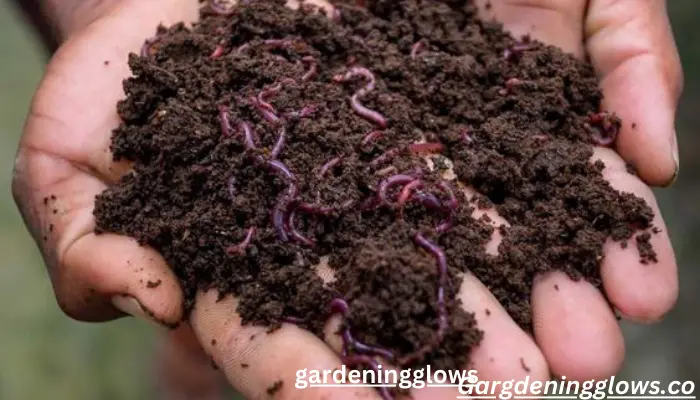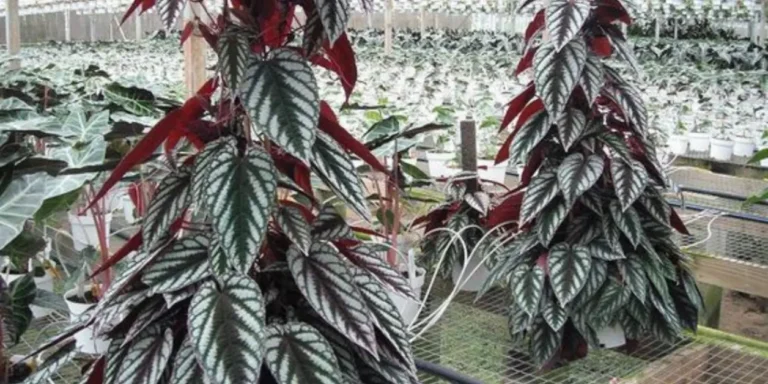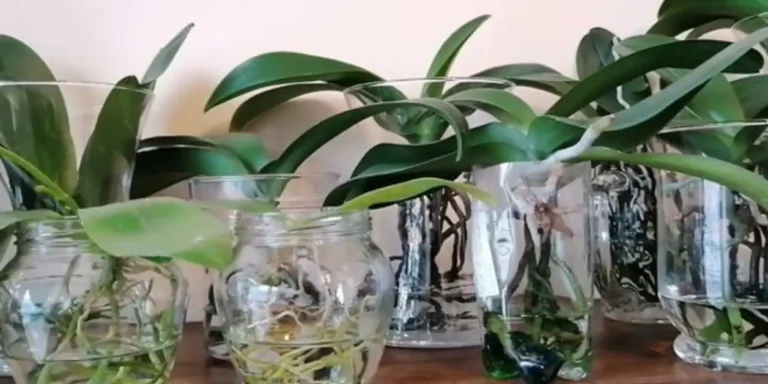Plant Food And Fertilizer
Plant food is essential for cultivating lush gardens and vibrant indoor greenery. In this guide, we’ll explore the benefits of various types of plant food and how they contribute to robust growth and flowering.
Whether you’re an experienced gardener or just beginning with indoor plants, understanding plant food is critical to creating a thriving botanical paradise. Let’s discover how to give your plants the essential nutrients they need to flourish.
Essential Nutrients For Plants:
Plants rely on essential nutrients to perform their biological functions and maintain optimal health. The primary nutrients required by plants include nitrogen (N), phosphorus (P), and potassium (K), often referred to as the N-P-K ratio. Additionally, plants need smaller micronutrients such as iron, zinc, manganese, etc.
| Fertilizer | description |
| Nitrogen (N) | Nitrogen is crucial for the growth of leafy greens. It is a fundamental part of chlorophyll, the pigment essential for photosynthesis. Nitrogen is also vital for the development of stems and leaves. |
| Phosphorus (P) | Phosphorus is crucial for strong root development and is involved in energy transfer and storage. It also contributes to flowering, fruiting, and overall plant vitality. |
| Potassium (K) | Potassium enhances disease resistance and water absorption and involves several physiological processes, such as enzyme activation and osmoregulation. |
Understanding these nutrient basics is pivotal for selecting the right plant food to meet your plant’s specific requirements.
Organic vs. Inorganic Plant Food:
When it comes to nourishing your plants, the choice between organic and inorganic plant food is a key decision. Both options have their merits, and understanding the differences can help you make an informed choice for your garden.
Organic Plant Food
Organic plant food, derived from natural sources such as compost, manure, or bone meal, enriches the soil with essential nutrients and improves its structure. It promotes long-term soil health and encourages beneficial microbial activity.

While organic fertilizers may take longer to show results, they contribute to sustainable and environmentally friendly gardening practices.
Inorganic Plant Food
Synthetic or inorganic fertilizers are manufactured to provide plants with specific nutrient concentrations. They offer a quick nutrient boost and are easily absorbed by plants. However, their overuse can lead to soil imbalances and environmental concerns, making precise application crucial.

Ultimately, the choice between organic and inorganic plant food depends on your gardening goals, preferences, and commitment to sustainable practices.
Choosing the Right Plant Food For Your Garden
Selecting the appropriate plant food for your garden involves considering various factors to ensure the health and vitality of your plants. Here’s a guide to help you make the right choice:
Soil Analysis:
Before choosing plant food, conduct a soil analysis to determine its nutrient levels. This insight will guide you in selecting fertilizers that address specific deficiencies in your soil.
Plant Type and Growth Stage:
Different plants have varying nutrient requirements at different growth stages. Consider the specific needs of your plants, whether they are flowering, fruiting, or in the vegetative stage.
Watering Practices:
The method and frequency of watering impact nutrient availability. Ensure that your watering practices complement the chosen plant food, promoting effective nutrient uptake.
Environmental Factors:
Local climate, sunlight exposure, and temperature affect nutrient absorption. Choose plant food that aligns with your local environmental conditions.
By carefully considering these factors, you can tailor your plant food selection to meet your garden’s unique needs.
Understanding Labels
Deciphering fertilizer labels is essential to ensure you provide your plants with the right nutrients in the correct proportions. Here’s a breakdown of key information commonly found on fertilizer labels:
N-P-K Ratio:
The three-number N-P-K ratio indicates the percentage of nitrogen (N), phosphorus (P), and potassium (K) in the fertilizer, respectively. Understanding this ratio helps you choose the right fertilizer for your specific plant and growth stage needs.
Secondary and Micronutrients:
In addition to the primary nutrients, fertilizers may contain secondary nutrients like calcium, magnesium, and sulfur and micronutrients like iron, zinc, and copper. These play crucial roles in plant development; a well-balanced fertilizer includes a spectrum of these elements.
Application Instructions:
Follow the recommended application rates and schedules provided on the label. Over-fertilizing can harm plants, so applying the right amount at the right time is crucial.
By mastering the information on fertilizer labels, you can make informed decisions and provide your plants with the nutrients they need for optimal growth.
Best Practices for Fertilizing Indoor Plants
Caring for indoor plants involves unique considerations when it comes to fertilization. Follow these best practices to ensure your indoor plants receive the nutrients they need:
Choice of Indoor Plant Food:
Select a balanced indoor plant fertilizer with a ratio suitable for general use. Indoor plants often benefit from a slightly higher phosphorus content to support root development and flowering.
Dilution and Frequency:
Indoor plants are more sensitive to nutrient concentrations, so dilute fertilizers to half or quarter strength. Apply the diluted solution every 4-6 weeks during the growing season, reducing frequency during the dormant period.
Observation and Adjustment:
Monitor your indoor plants for signs of nutrient deficiencies or excesses, such as yellowing leaves or stunted growth. Adjust your fertilization routine accordingly to meet the changing needs of your plants.
Avoid Over-fertilization:
Indoor plants have limited root space, making them susceptible to over-fertilization. Always err on the side of caution, as too much fertilizer can harm their delicate root systems.
By following these best practices, you can ensure that your indoor plants thrive in a nutrient-rich environment
Seasonal Plant Nutrition Needs
Understanding the changing nutritional needs of plants throughout the seasons is crucial for effective fertilization. Consider the following seasonal variations to optimize your plant nutrition strategy:
Spring:
During the spring, plants experience rapid growth, making it a critical time for nitrogen-rich fertilizers. Focus on balanced formulations to support overall development.
Summer:
In the summer, plants often require additional potassium to withstand heat stress. Look for fertilizers with a higher potassium content to promote water uptake and resilience.
Fall:
As plants prepare for dormancy, a fertilizer with higher phosphorus content can encourage root development and energy storage, helping them prepare for the winter.
Winter:
In many regions, plants go dormant in winter, requiring minimal nutrients. Reduce fertilization during this period to avoid nutrient buildup in the soil.
Adapting your plant nutrition approach to the changing seasons ensures that your plants receive the right nutrients at the right times.
Common Plant Nutrient Deficiencies
Recognizing and addressing nutrient deficiencies is crucial for maintaining healthy plants. Here are common signs of nutrient deficiencies and ways to rectify them:
Nitrogen (N) Deficiency:
Signs include yellowing of older leaves. Address by applying a nitrogen-rich fertilizer, ensuring a balanced N-P-K ratio.
Phosphorus (P) Deficiency:
Stunted growth and dark green leaves with red or purple tint indicate phosphorus deficiency. Apply a fertilizer with a higher phosphorus content.
Potassium (K) Deficiency:
Yellowing leaf edges and weak stems suggest potassium deficiency. Choose a fertilizer with an elevated potassium level to address this issue.
Iron (Fe) Deficiency:
Yellowing between leaf veins indicates iron deficiency. Apply iron chelates or choose a fertilizer containing iron to alleviate the problem.
Regular monitoring and prompt correction of nutrient deficiencies contribute to robust plant growth
Conclusion
In conclusion, understanding the intricacies of plant nutrition is paramount for anyone invested in cultivating healthy and thriving greenery. Each aspect is crucial in supporting plant growth, from the basics of essential nutrients to the choice between organic and inorganic plant food.
Choosing the right plant food based on soil analysis, plant type, and growth stage sets the foundation for success in your gardening endeavors. Deciphering fertilizer labels and following best practices for indoor and outdoor plants ensures that your efforts translate into vibrant and resilient greenery.
Seasonal adjustments, recognizing nutrient deficiencies, and exploring DIY plant food recipes provide additional tools for cultivating a flourishing garden. Furthermore, embracing sustainable and eco-friendly practices contributes to your plant’s well-being and the health of the broader environment.
As you embark on your plant nutrition journey, remember the delicate balance required to provide the proper nutrients at the right time.
Whether you’re a seasoned gardener or a novice with a green thumb in the making, these insights into plant food and nutrition will undoubtedly enhance your gardening experience.
What is food for plants?
The food for plants is nutrients.
What is the best food for my plants?
The best food for your plants depends on their specific needs, but generally speaking, a balanced fertilizer containing essential nutrients such as nitrogen, phosphorus, and potassium can support healthy growth.
How to fertilize plants?
Apply fertilizer to the soil around the base of the plants.
Is sugar good for plant?
No, sugar is not good for plants.






